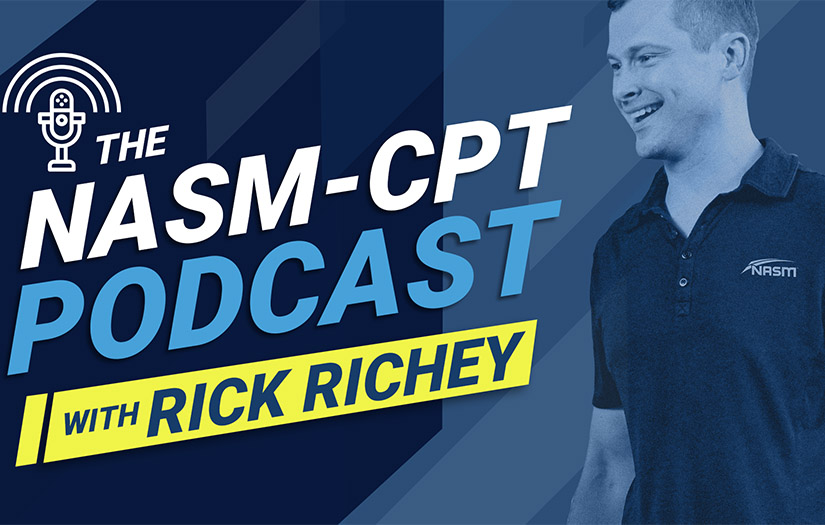With Rick Richey
Host Rick Richey chats with Toni Ricci about the effectiveness of corrective exercise for professional fighters. Moving beyond that, he also explains how recovery, sleep, mindset, and more affect the overall preparedness of those who compete in fight sports. This episode is an exciting glimpse into the training modalities of exercise experts like Tony Ricci, as well as a fascinating look into the overall world of fight sports.
Here a few bullet points from the episode. There are many more interesting nuggets of wisdom to extract from the interview, so be sure to check out the full talk.
- Reactive skills are much more demanding than proactive. There’s more cognition involved when you are reacting to what your opponent already knows. Add the physiological toll of taking punches, and you take the fatigue factor up a few notches.
- How Tony trains a fighter is contingent upon how they prepare and their specific strengths and weaknesses – be it cardiorespiratory conditioning, strength, explosive power, and a myriad of other factors.
- Weight cutting for weigh-ins are unhealthy but are a huge part of the money-making, promotional side of fights. Tony says that it’s the trainer’s job to manage the extent of the weight cut and make sure it’s as safe and effective as possible. He says 10% above scale is optimal for fighting weight – if the fighter so chooses to gain weight for fighting.
- Drastic weigh-in efforts can be dangerous for fighters: it can involve dehydration to hit weight, glycogen depletion, overtraining, and excessive fatigue – all of which lead to worse fighting performance and possibly dangerous situations for the fighter.
- If you have money on the line, you don’t tempt physiology; you optimize it. When training fighters during fight camp, you are making sure everyone is getting 8 hours of sleep and proper hydration. There’s no point in skimping on those crucial aspects just because you can. Optimizing physiology is vital!
- Motor development is made possible by practice and then giving that motor-learning space so that your brain encodes it.

